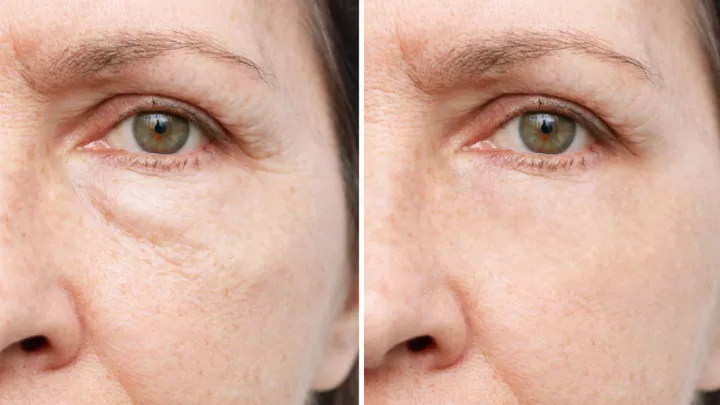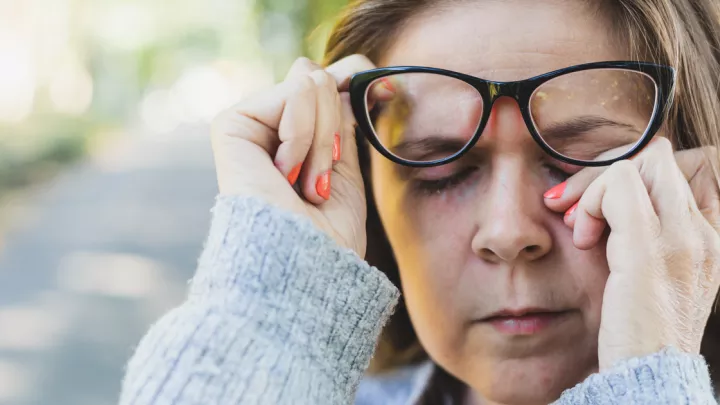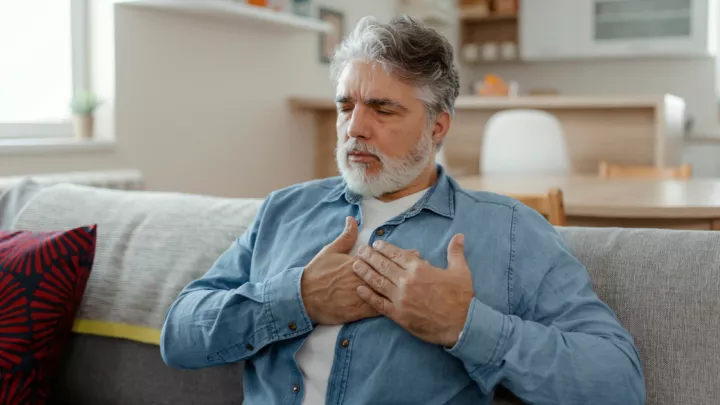New light therapy treatment provides relief for dry eye disease

A new treatment for dry eye disease is providing relief for people with certain forms of the condition. Called intense pulse light therapy or IPL, the treatment can be performed in your doctor’s office and has been very effective.
“Dry eye is a chronic condition and is fairly common,” says Natalie Klusaw, OD, Nebraska Medicine optometrist. “While it cannot be cured, it can be managed with IPL or other therapies, depending on the cause.”
Dry eye disease develops when your tears cannot sufficiently lubricate your eyes. This can happen if your eyes are not producing enough tears, or your tears may be of poor quality resulting in increased tear evaporation. Both can lead to inflammation and injury to the eye’s surface.
The condition becomes more common as you age. However, dry eye disease also develops in young and middle-aged adults. It can be caused by various factors that interfere with the tear film. This includes medications, working in dusty or windy environments, previous eye surgery, extended screen time and certain health conditions.
What does dry eye feel like?
If you have dry eye disease, you may experience the following symptoms:
- Stinging, burning or scratchy feeling in your eyes
- Discharge
- Sensitivity to light
- Feeling like something is in your eyes
- Eye redness • Problems wearing contact lenses
- Watery eyes as your body tries to respond to irritated eyes
- Eye fatigue or blurred vision
- Itching
How to self-treat dry eyes
If you occasionally experience dry eyes, you can self-treat the condition with over-the-counter artificial tears, lid wipes, omega-3 supplements (discuss dosage with your primary care doctor) and lubricating ointments.
“If you use artificial tears three or more times a day and they provide minimal relief, consider getting a dry eye evaluation from an eye specialist so your doctor can identify the underlying cause and recommend treatment specific to your condition,” says Dr. Klusaw. “There are a variety of prescription medications and treatments that can help relieve or manage your condition depending on the cause.”
Who is a candidate for IPL?
IPL therapy is particularly effective for those who experience increased tear evaporation due to blocked oil glands. This occurs when the oil film produced by the small glands on the edge of your eyelids (meibomian glands) becomes clogged. IPL can also be used for individuals with ocular rosacea (often develops in people with the skin condition rosacea).
“IPL is safe and is FDA approved but is not covered by insurance,” says Dr. Klusaw.
How is IPL performed?
The outpatient procedure uses selective light wavelengths to destroy abnormal blood vessels that cause inflammation. The light is converted to heat, which produces a warming effect. This improves the ability of the oil glands to express.
“We typically perform four treatments two to four weeks apart and start to see results after the third treatment,” Dr. Klusaw says. “The treatment can be done again on an as-needed basis. Patients may need an additional treatment six to 12 months after their final treatment. The duration of symptom relief is hard to know as it can be affected by many individual patient variables.”
If you have chronic dry eyes, Dr. Klusaw recommends seeking an evaluation with your health care provider. “Untreated, dry eye disease can adversely affect your quality of life and the quality of your vision,” she says. “In severe cases, it can lead to complications such as eye infections.”
Need help for dry eyes?
Schedule an appointment with one of our eye specialists at 402.559.2020.







